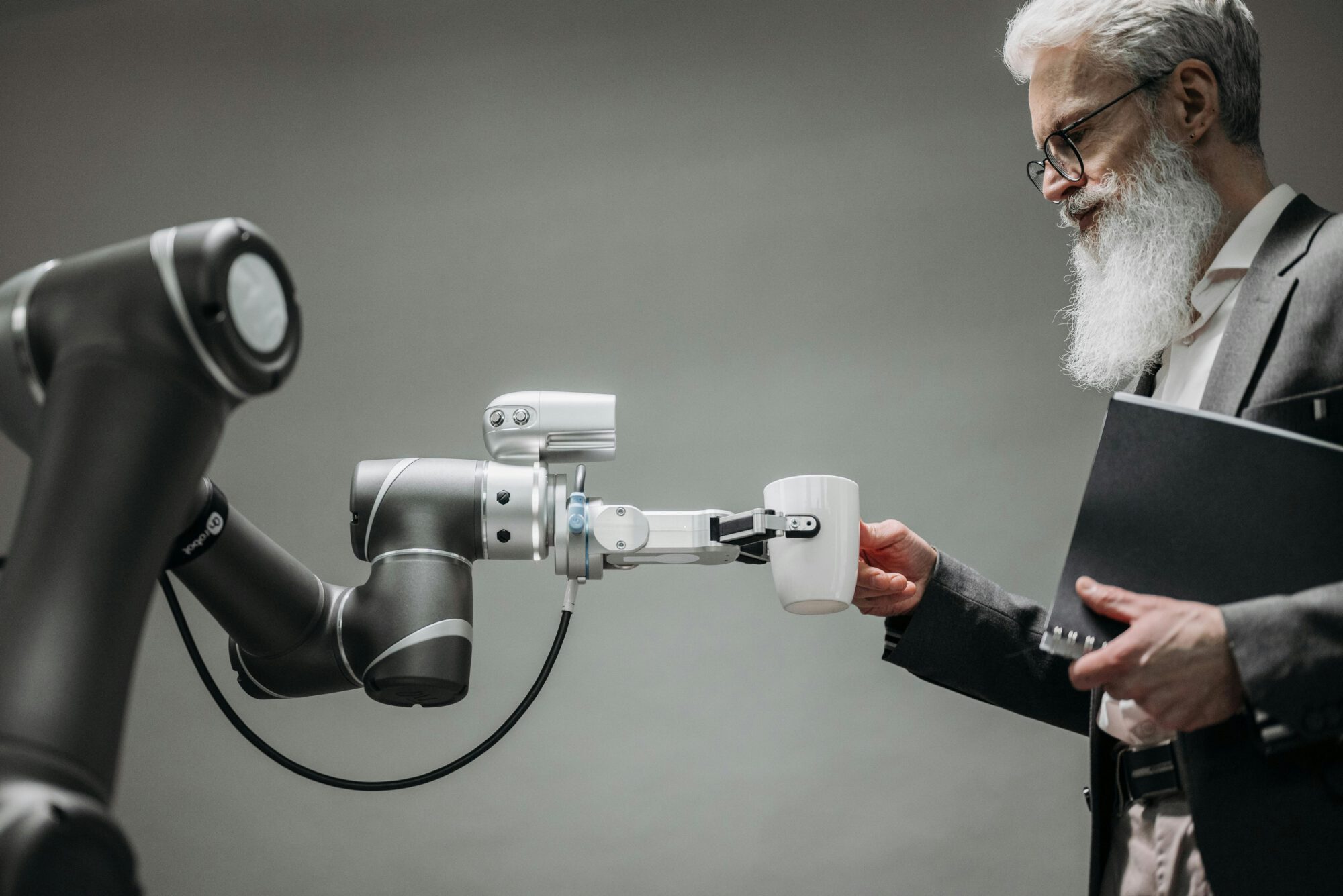Introduction: In the vast landscape of artificial intelligence (AI), there exists a paradigm that mirrors the way humans learn through trial and error – Reinforcement Learning (RL). Much like training a skilled athlete or guiding a curious child, RL empowers machines to navigate complex tasks, adapting and optimizing their strategies along the way. In this blog post, we’ll delve into the captivating realm of Reinforcement Learning, exploring its principles, applications, and the exciting frontiers it opens in the world of AI.
Understanding Reinforcement Learning: At its essence, Reinforcement Learning is a machine learning approach where an agent learns to make decisions by interacting with its environment. Through a continuous loop of trial and error, the agent receives feedback in the form of rewards or penalties, refining its actions over time. This mimics the way humans learn from experiences, making RL a powerful tool for training intelligent systems to excel in dynamic and uncertain environments.
The Core Components: To grasp the magic behind Reinforcement Learning, it’s essential to familiarize oneself with its core components. The agent, the entity making decisions, interacts with an environment, and based on its actions, receives feedback in the form of rewards or punishments. The objective is for the agent to learn a policy – a strategy that maximizes cumulative rewards over time. This iterative learning process distinguishes RL from other machine learning paradigms and makes it especially well-suited for tasks requiring adaptability and strategic decision-making.
Applications Across Industries: Reinforcement Learning has transcended its roots in game-playing AI to find applications across diverse industries. In robotics, RL is employed to teach robots complex tasks such as grasping objects or navigating environments. In finance, RL aids in optimizing trading strategies, and in healthcare, it contributes to personalized treatment plans and drug discovery. The adaptability of RL makes it a formidable ally in tackling real-world challenges where traditional rule-based systems fall short.
Challenges and Breakthroughs: While Reinforcement Learning holds immense promise, it is not without its challenges. Training RL models can be computationally demanding, and the exploration-exploitation trade-off poses a delicate balancing act. However, ongoing research and technological advancements continue to address these challenges, paving the way for breakthroughs in scalability, efficiency, and applicability across a broader spectrum of tasks.
The Future of AI Unveiled: As we peer into the future of AI, Reinforcement Learning emerges as a linchpin in creating intelligent systems capable of autonomous decision-making. The integration of RL with other AI disciplines, such as deep learning, promises even more sophisticated models. The potential applications in autonomous vehicles, smart systems, and personalized AI assistants are limitless, ushering in an era where machines not only learn from experience but continuously adapt and excel in complex, dynamic environments.
Conclusion: Reinforcement Learning stands as a testament to the remarkable strides AI has made in emulating human learning. The journey of machines evolving through trial and error, adapting strategies, and optimizing decision-making processes brings us closer to creating truly intelligent systems. As we unravel the mysteries and potential of Reinforcement Learning, the boundaries of what AI can achieve continue to expand. Embrace the future, where machines not only learn from data but actively navigate and thrive in the complex game of life.

